
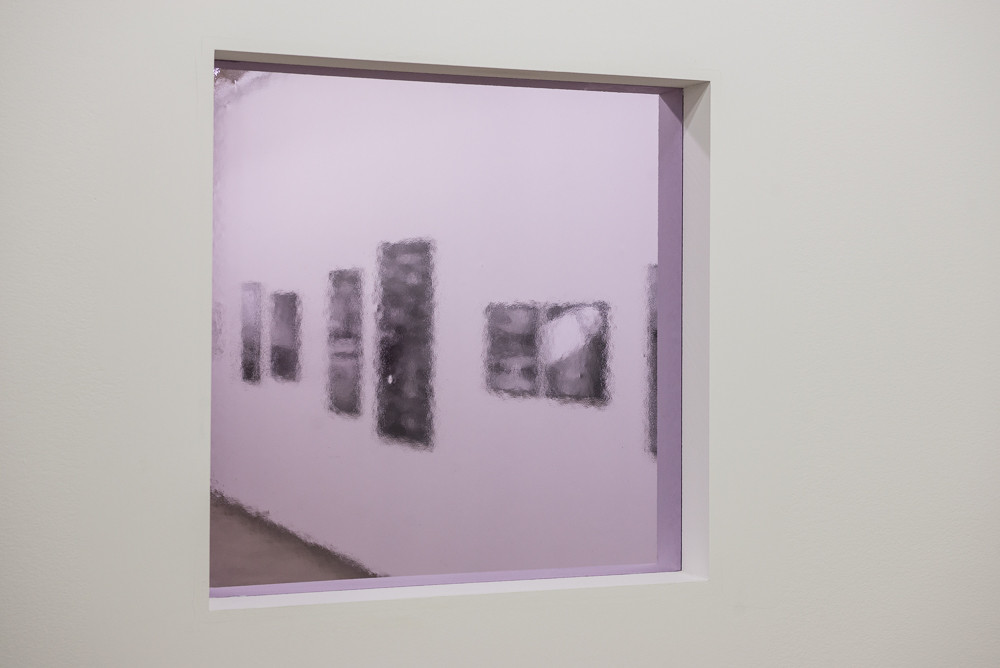
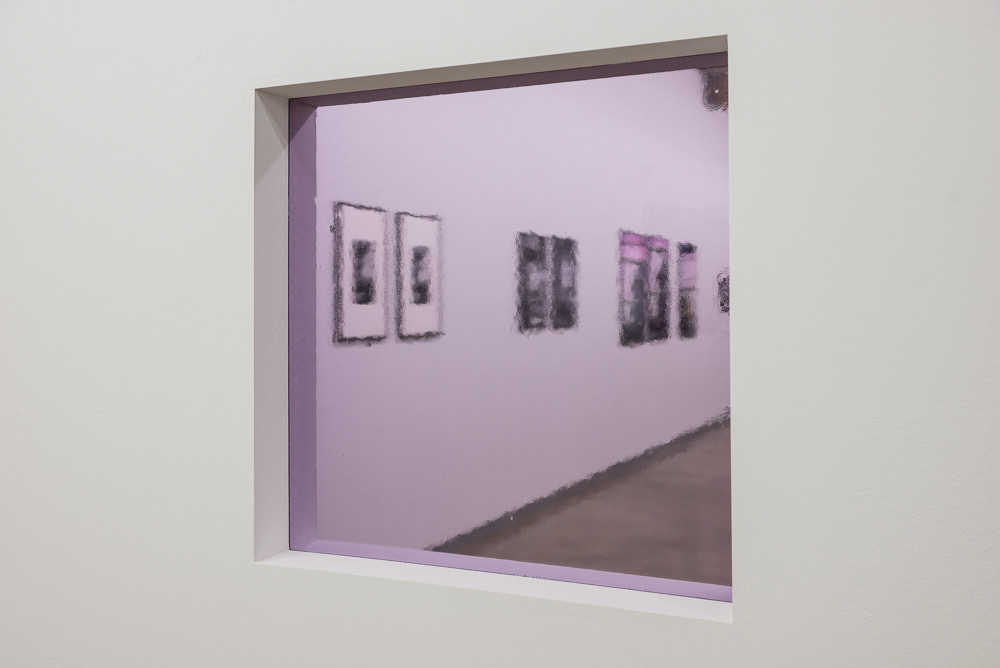
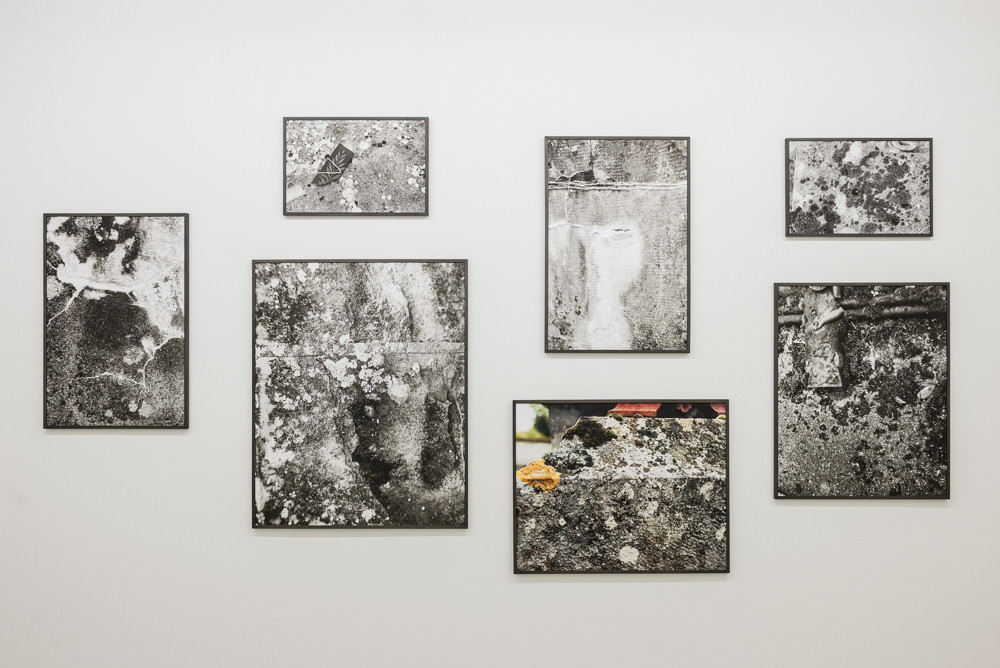
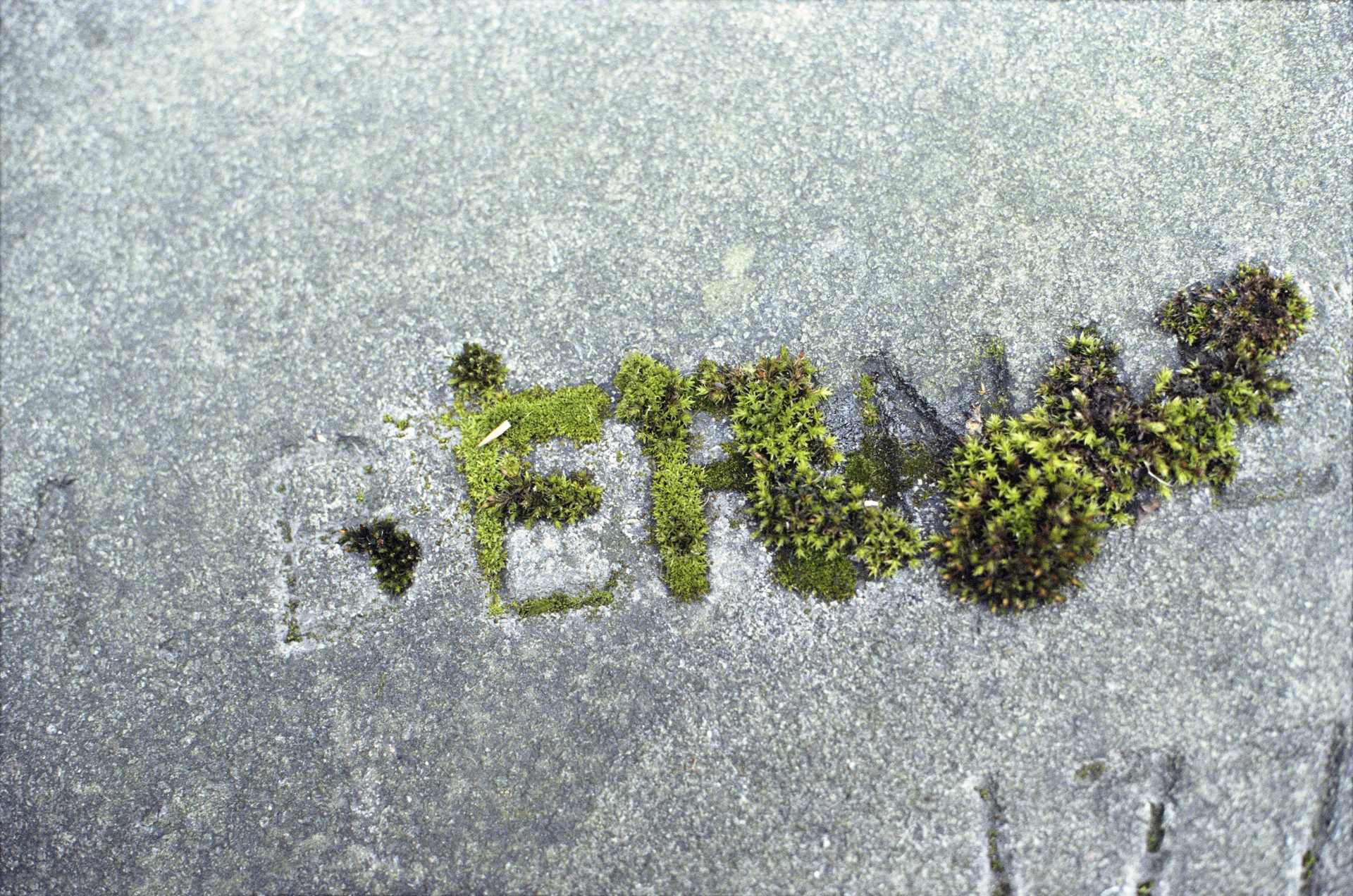
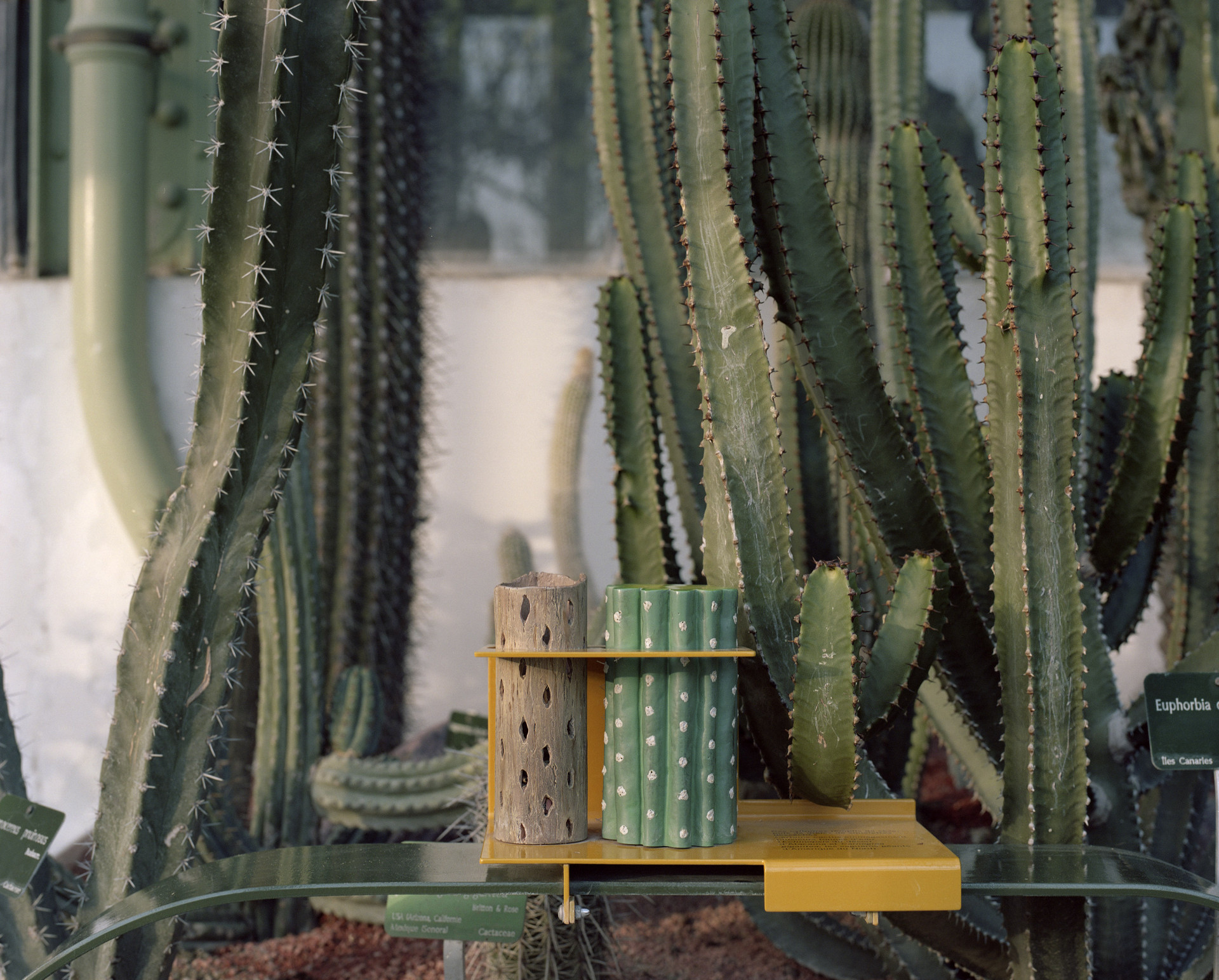
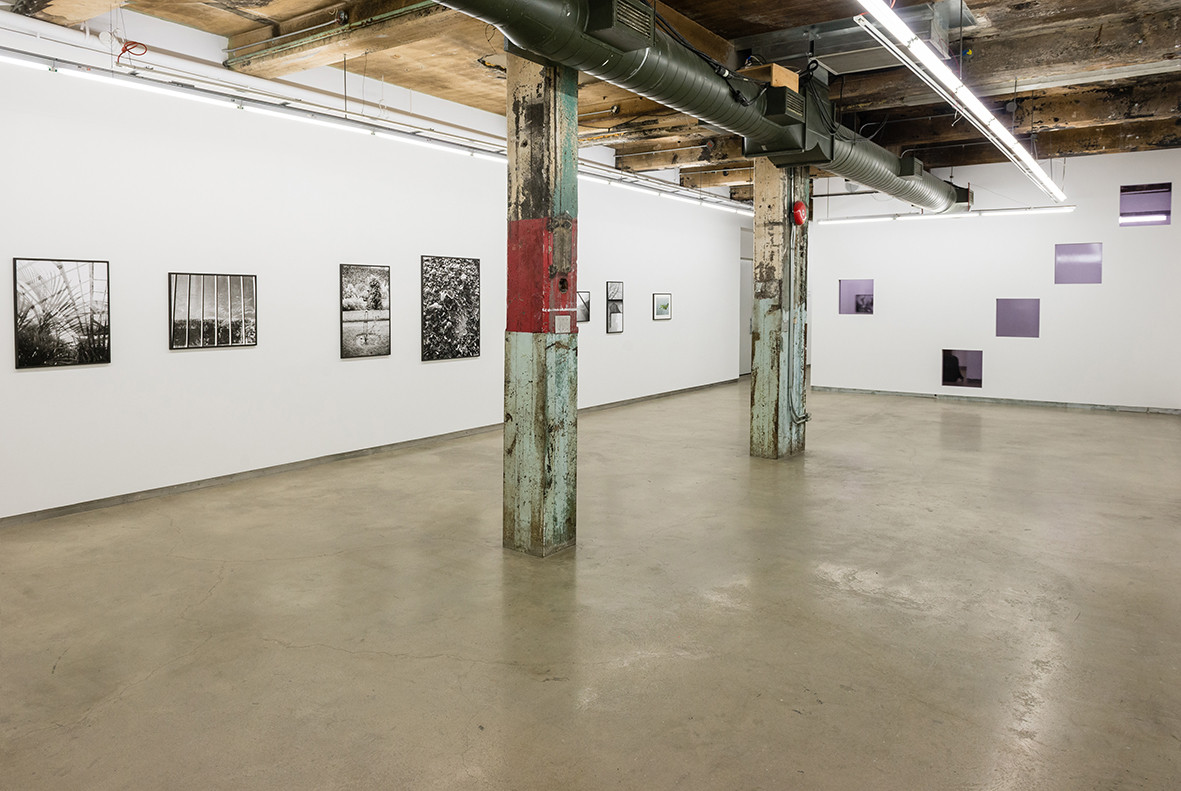
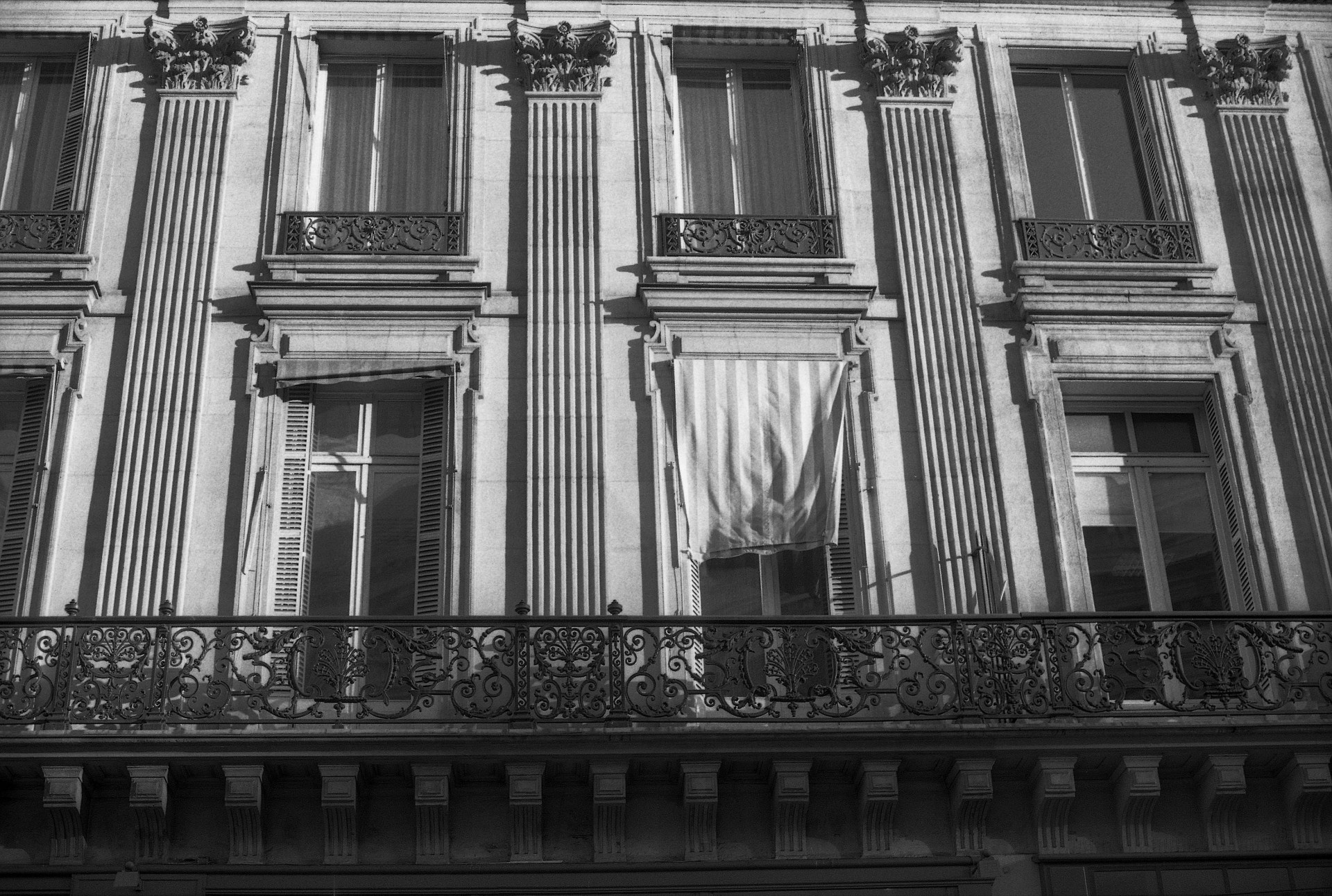
The Soundless Hum by Kevin Rodgers
Let us wander through the streets slowly, fuelled by an indefatigable curiosity. By gaudy t-shirts sold near the Panthéon, the secular mausoleum and final resting place for such French luminaries as Voltaire, Victor Hugo and Emile Zola, to narrow passages with quiet cafes diverting our gaze. There is a double alley of plane trees that run the length of the Jardin des Plantes, the botanical gardens founded in 1626 as a medicinal herb garden for Louis XIII. Cultivated in six greenhouses and outdoor plots are approximately 23,500 species of plants: cacti, grasses, bromeliads, orchids, ferns, aroids, Australian flora, alpine plants, iris, cannas, and conifers. These impressions are but a few. Images of some are offered on display here, in Lorna Bauer’s evocative Soleil.
This body of work was created (for the most part) while on a three-month residency at Couvent des Récollets in Paris in late 2013 and early 2014. Upon first glance, one notices a persistent doubling taking place: the pairings of particular images differentiated by minor moments in time, recurrent stripes that line the walls acting as both image and object. Fabrication. Even the installation itself is a second—although substantially different—iteration of one in early 2015 at Modern Fuel in Kingston, Ontario. When in front of such work, I double back and retrace my own steps. Things change, and trade places; nothing remains and nothing disappears.[1]
In the 5th arrondissement of Paris, a bouquiniste unlocks and lifts the green lids of four green boxes. There is a smell of dust and newsprint, an olfactory backdrop to a survey of vintage literature, social sciences and political tracts. Behind flows the river Seine. A stray cat meanders along a pathway. Beneath La Ville Lumière, old limestone quarries fan out hundreds of miles and are explored by Cataphiles—those fleeing the surface world into the non-light, which is not to say darkness.
Informing Soleil are two writers who also tended to the contours of daily life in Paris, Georges Perec and Walter Benjamin. That which is habitual and quotidian often appears in Soleil: photographs of an awning caught in the breeze or the back of a grazing fawn. Fleeting glimpses and reflections. Bauer is concerned with the limitations of and in our attempts to capture, name and inscribe. The results are never rigid, and like language, elusive. It has been said that, through naming, things are called into being, though there is always that which escapes notice or retreats from the boredom of order and illumination.
That a number of the photographs were taken in the Jardin des Plantesis especially fitting: this historic garden-museum complex includes greenhouses, a botanical library and school, labyrinth and small Ménagerie. It houses one of the world's most extensive collections of tropical and desert flora. It is exemplary of domestication and distinction. Bauer is drawn to the mute techniques that process this distinction—windows, or glass and fencing. Light, in turn, is another manner of capture and service. One need look no further than towering structures of glass and ornate serres at the Jardin des Plantes, where sunlight is collected and converted in service of the cultivation, study and documentation of botanical life. A sort of green colonialism.
Here within the confines of the Darling Foundry, Bauer has inserted panes of light purple glass into one wall, as well as placed fabric awnings at strategic thresholds. Together, they draw attention to our own bodies as we maneuver from one space to another, where a hand carefully pushes aside the fabric to pass by and a shadow is cast. They not only function architecturally, but rhythmically. They act as registers of time, a metronome counting the hours or days.Two black cats scramble across the hollow of an old quarry.
Our experiences are comprised of disparate images and impressions. Much like the installation before us, this is a fragmented or fractured—even distracted—encounter. What we have in Lorna Bauer’s Soleil is simultaneously intimate and expansive. It too grows under light, and will adapt to new surroundings, demarcating a space for inhabitation. I am comfortable here, warm outside the sharp glare of clarity.
Lorna Bauer is also featured at the Galerie Nicolas Robert in Montreal from April 2nd to May 7th.
[1] Benjamin, Walter. “In the Sun.” Selected Writings Volume 2: Part 2. Ed. Michael W. Jennings et al. Cambridge: Belknap Press of Harvard University, 2005. 663-665.
Lorna Bauer
Lorna Bauer was born in Toronto in 1980 and now lives and works in Tiohtiá:ke/Montreal. Her work has been featured in numerous solo and collective exhibitions in Canada and abroad. She has been artist-in-residence at Despina in Rio de Janeiro, The Couvent des Récollets in Paris, the Quebec-New York Residency, Banff Centre and the Atlantic Center for the Arts. Her works are present in public and private collections, notably the Musée d’art contemporain de Montréal and the Musée national des beaux-arts du Québec. Writing on Lorna Bauer’s work has been featured in numerous publications such as Artforum, Canadian Art, C-Magazine, Le Devoir among other media outlets. She has received grants from the Canada Council for the Arts, The Montréal Council for the Arts and the Quebec Council for the Arts. In 2019, the artist was awarded the Barbara Sphor Memorial Award and in 2021 she was a finalist for the Sobey Art Award.
Curator
Caroline Andrieux
